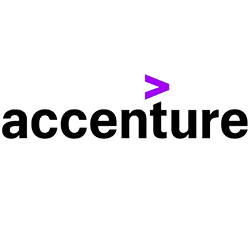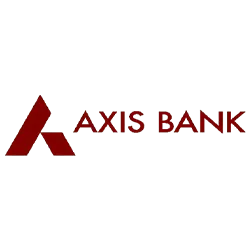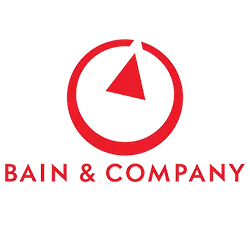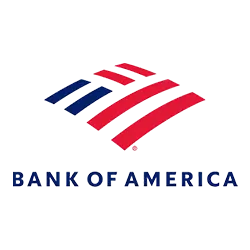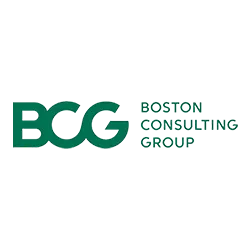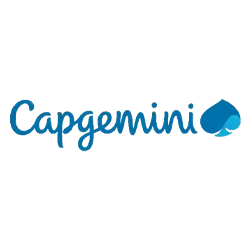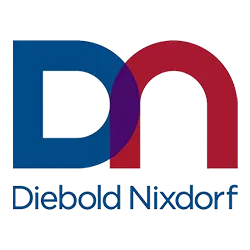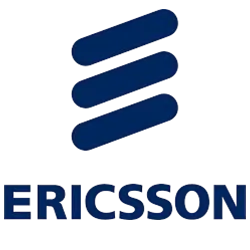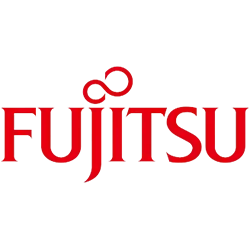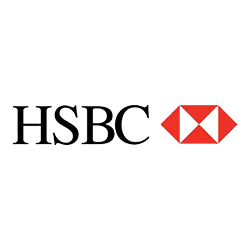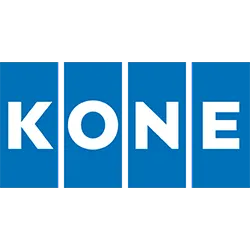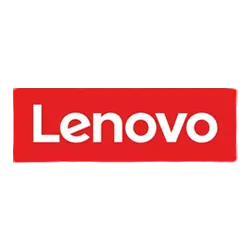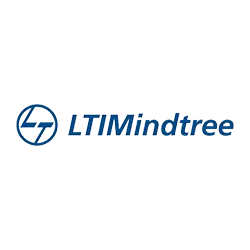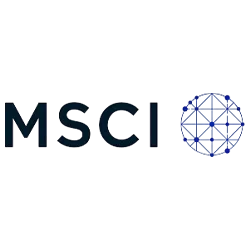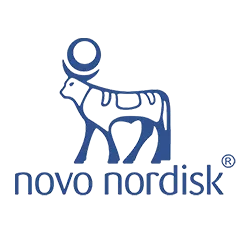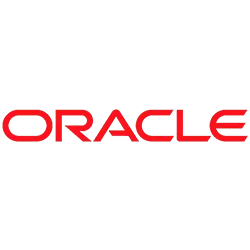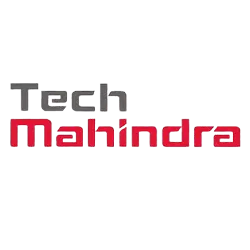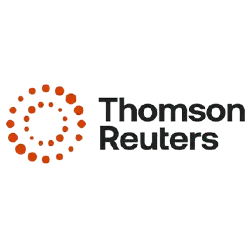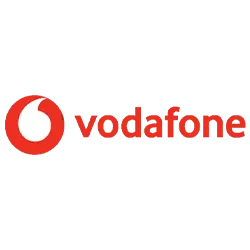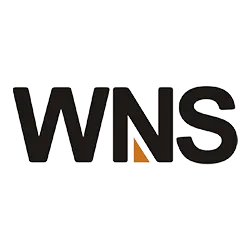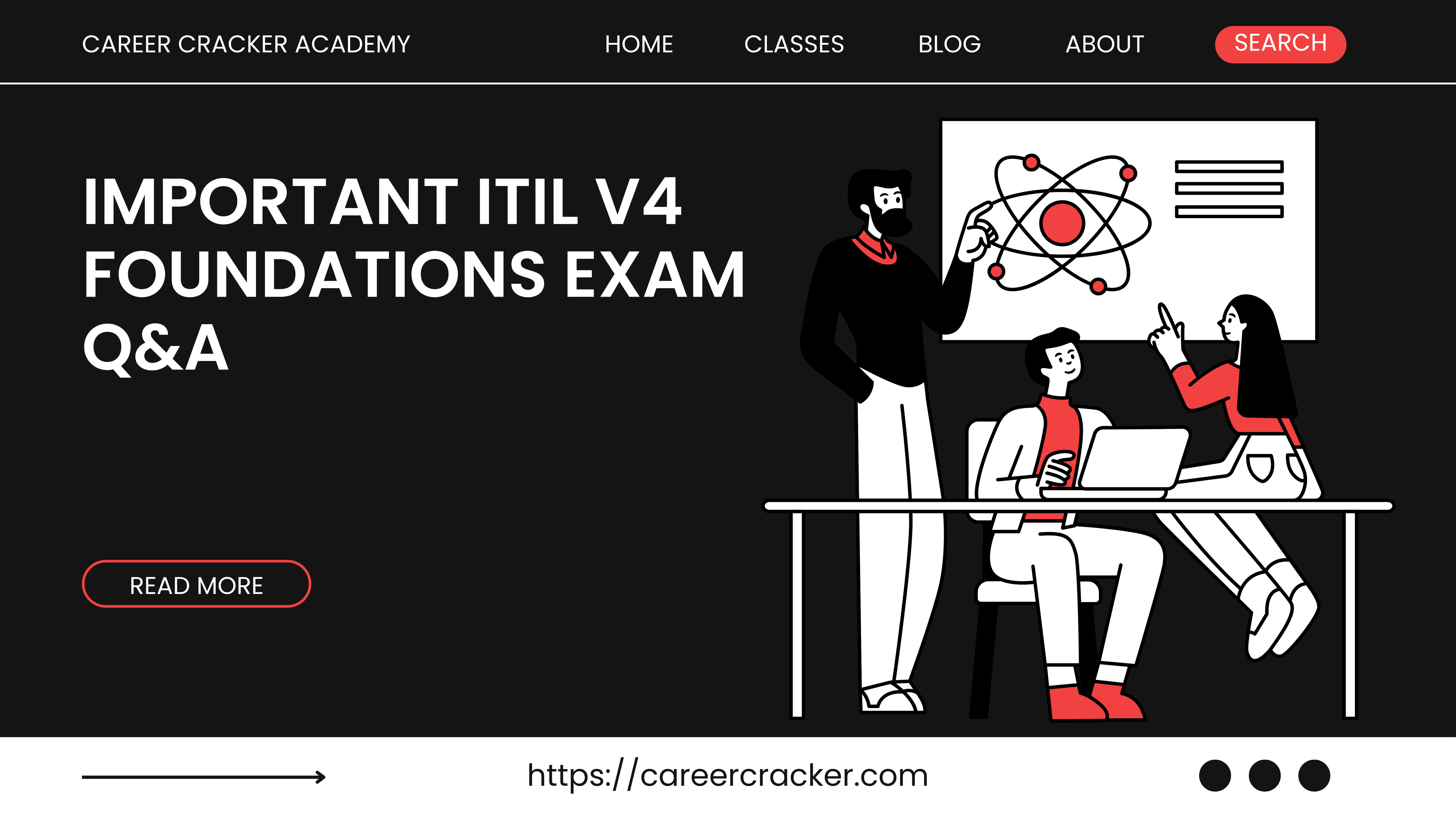
Important ITIL V4 Foundations Exam Q&A
**1. When working on an improvement iteration, which concept helps to ensure that the iteration activities remain appropriate in changing circumstances?**
- A. Minimum viable product
- B. Feedback loop **(Correct)**
- C. Analysis paralysis
- D. Direct observation
**2. Which practice has a purpose that includes the management of financially valuable components that can contribute to the delivery of an IT service?**
- A. Deployment management
- B. Service configuration management
- C. Change enablement
- D. IT asset management **(Correct)**
**3. Which practice ensures that service actions, that are a normal part of service delivery, are effectively handled?**
- A. Incident management
- B. Service level management
- C. Problem management
- D. Service Request Management **(Correct)**
**4. A service will be unavailable for the next two hours for unplanned**
- A. Incident management **(Correct)**
- B. Problem management
- C. Change enablement
- D. Service request management
**5. Which practice MOST requires staff who demonstrate skills such as empathy and emotional intelligence?**
- A. Service desk **(Correct)**
- B. Continual improvement
- C. Problem management
- D. Service request management
**6. What is the definition of 'service management'?**
- A. A set of specialized organizational capabilities for enabling value for customers in the form of services **(Correct)**
- B. A result for a stakeholder enabled by one or more outputs
- C. A formal description of one or more services, designed to address the needs of a target consumer group
- D. Joint activities performed by a service provider and a service consumer to ensure continual value co-creation
**7. Which is a description of service provision?**
- A. A formal description of one or more services, designed to address the needs of a service consumer
- B. Cooperation between two organizations to ensure that a service delivers value
- C. Activities that an organization performs to deliver services **(Correct)**
- D. A way to help create value by facilitating outcomes that service consumers need
**8. How is a 'continual improvement register' used?**
- A. To authorize changes to implement improvement initiatives
- B. To organize past, present, and future improvement ideas **(Correct)**
- C. To provide a structured approach to implementing improvements
- D. To record requests for provision of a resource or service
**9. Which is an input to the service value system?**
- A. The system of directing and controlling an organization
- B. Recommendations to help an organization in all aspects of its work
- C. A model to help meet stakeholders' expectations
- D. A need from consumers for new or changed services **(Correct)**
**10. Which organization delivers outputs or outcomes of a service?**
- A. A service provider delivers outputs of the service **(Correct)**
- B. A service provider delivers outcomes of the service **(Correct)**
- C. A service consumer delivers outputs of the service
- D. A service consumer delivers outcomes of the service
**11. Which practice requires focus and effort to engage and listen to the requirements, issues, concerns, and daily needs of customers?**
- A. Service level management **(Correct)**
- B. Supplier management
- C. Service desk
- D. Service request management
**12. What is used as a tool to help define and measure performance?**
- A. A service level agreement **(Correct)**
- B. A continual improvement register
- C. An incident record
- D. A change schedule
**13. Which statement about the inputs and outputs of the value chain activities is CORRECT?**
- A. Inputs and outputs are fixed for each value chain activity
- B. Some value chain activities only have inputs, whereas others only have outputs
- C. The organization's governance will determine the inputs and outputs of each value chain activity
- D. Each value chain activity receives inputs and provides outputs **(Correct)**
**14. Identify the missing word in the following sentence.**
- A. organizations
- B. outcomes
- C. IT assets
- D. services **(Correct)**
**15. Which value chain activity is concerned with the availability of service components?**
- A. Deliver and support
- B. Obtain/build **(Correct)**
- C. Plan
- D. Design and transition
**16. Which is the BEST type of resource for investigating complex incidents?**
- A. Self-help systems
- B. Knowledgeable support staff **(Correct)**
- C. Detailed work instructions
- D. Disaster recovery plans
**17. Which is the cause, or potential cause, of one or more incidents?**
- A. A known error
- B. A change
- C. An event
- D. A problem **(Correct)**
**18. Which is the FIRST action when optimizing a service?**
- A. Implement the improvements
- B. Assess the current state
- C. Understand the organizational context **(Correct)**
- D. Agree the future state
**19. Which practice would be MOST involved in assessing the risk to services when a supplier modifies the contract they offer to the organization?**
- A. Service request management
- B. Change enablement **(Correct)**
- C. Service level management
- D. Incident management
**20. Which is a financially valuable component that can contribute to the delivery of a service?**
- A. Configuration item
- B. Service offering
- C. Sponsor
- D. IT asset **(Correct)**
**21. Which is described by the 'organizations and people' dimension of service management?**
- A. Workflows and controls
- B. Communication and collaboration **(Correct)**
- C. Inputs and outputs
- D. Contracts and agreements
**22. What is the customer of a service responsible for?**
- A. Defining the requirements for the service **(Correct)**
- B. Authorizing the budget for the service
- C. Using the service
- D. Provisioning the service
**23. Which term is used to describe removing something that could have an effect on a service?**
- A. An IT asset
- B. A problem
- C. A change **(Correct)**
- D. An incident
**24. Which TWO BEST describe the guiding principles?**
**25. Which BEST describes the focus of the 'think and work holistically' principle?**
- A. Integrating an organization's activities to deliver value **(Correct)**
- B. Considering the existing organizational assets before building something new
- C. Breaking down large initiatives into smaller pieces of work
- D. Eliminating unnecessary steps to deliver valuable outcomes26.
**26. Which practice has a purpose that includes managing authentication and non- repudiation?**
- A. Information security management **(Correct)**
- B. Change enablement
- C. Service configuration management
- D. IT asset management
**27. Which of the following is the MOST important for effective incident management?**
- A. Collaboration tools and techniques **(Correct)**
- B. Balanced scorecard review
- C. Automated pipelines
- D. A variety of access channels
**28. Which practice handles all pre-defined user-initiated service actions?**
- A. Deployment management
- B. Incident management
- C. Service level management
- D. Service request management **(Correct)**
**29. Which is the FIRST thing to consider when focusing on value?**
- A. Understanding what is valuable to the service consumer
- B. Defining customer experience and user experience
- C. Ensuring value is co-created by improvement initiatives
- D. Identifying the service consumer who will receive value **(Correct)**
**30. Identify the missing word in the following sentence.**
- A. Consider **(Correct)**
- B. Re-use
- C. Discard
- D. Improve
**31. For which purpose would the continual improvement practice use a SWOT analysis?**
- A. Understanding the current state **(Correct)**
- B. Defining the future desired state
- C. Tracking and managing ideas
- D. Ensuring everyone actively participates
**32. What is the difference between the 'incident management' and 'service desk' practices?**
- A. Incident management restores service operation, service desk provides communication with users **(Correct)**
- B. Incident management resolves complex issues, service desk resolves simpler issues **(Correct)**
- C. Incident management resolves issues, service desk investigates the underlying causes of issues **(Correct)**
- D. Incident management manages interruptions to services, service desk monitors achieved service quality **(Correct)**
**33. Which step of the 'continual improvement model' defines measurable targets?**
- A. What is the vision?
- B. Where are we now?
- C. Where do we want to be? **(Correct)**
- D. How do we get there?
**34. Which is part of the value proposition of a service?**
- A. Costs removed from the consumer by the service **(Correct)**
- B. Costs imposed on the consumer by the service
- C. Outputs of the service received by the consumer
- D. Risks imposed on the consumer by the service
**35. Which phase of problem management includes the regular re-assessment of the effectiveness of workarounds?**
- A. Problem identification
- B. Problem control
- C. Error control **(Correct)**
- D. Problem analysis
**36. What is included in the purpose of the 'release management' practice?**
- A. Ensuring information about services is available
- B. Moving new software to live environments
- C. Making new features available for use **(Correct)**
- D. Authorizing changes to proceed
**37. Why should a service level agreement include bundles of metrics?**
- A. To reduce the number of metrics that need to be measured and reported
- B. To ensure that all services are included in the service reports
- C. To ensure that the service levels have been agreed with customers
- D. To help focus on business outcomes, rather than operational results **(Correct)**
**38. Which is an example of a service request?**
- A. A request for normal operation to be restored **(Correct)**
- B. A request to implement a security patch **(Correct)**
- C. A request for access to a file **(Correct)**
- D. A request to investigate the cause of an incident **(Correct)**
**39. Which of the four dimensions contributes MOST to defining activities needed to deliver services?**
- A. Organizations and people
- B. Information and technology
- C. Partners and suppliers
- D. Value streams and processes.
**40. Which practice balances management of risk with maximizing throughput?**
- A. Incident management
- B. Problem management
- C. Continual improvement
- D. Change enablement **(Correct)**
**41. Which is recommended as part of the 'progress iteratively with feedback' guiding principle?**
- A. Prohibit changes to plans after they have been finalized
- B. Analyse the whole situation in detail before taking any action
- C. Reduce the number of steps that produce tangible results
- D. Organize work into small manageable units **(Correct)**
**42. What is included in the purpose of the 'continual improvement' practice?**
- A. Ensuring that delivery of services is properly assessed, monitored, and improved against targets
- B. Identifying and continually improving relationships with and between stakeholders
- C. Creating collaborative relationships with key suppliers to realize new value
- D. Aligning the organization’s practices and services with changing business needs **(Correct)**
**43. Which term is used to describe removing something that could have an effect on a service?**
- A. An IT asset
- B. A problem
- C. A change **(Correct)**
- D. An incident
**44. How does the 'incident management' practice set user expectations?**
- A. By agreeing, and communicating target resolution times **(Correct)**
- B. By assigning resources to ensure that all incidents are resolved as quickly as possible
- C. By automated matching of incidents to known errors
- D. By using collaboration tools to communicate effectively
**45. What is the difference between the 'incident management' and 'service desk' practices?**
- A. Incident management restores service operation, service desk provides communication with users **(Correct)**
- B. Incident management resolves complex issues, service desk resolves simpler issues
- C. Incident management resolves issues, service desk investigates the underlying causes of issues
- D. Incident management manages interruptions to services, service desk monitors achieved service quality
**46. What is a user?**
- A. The role that directs and controls an organization
- B. The role that uses services
- C. The role that authorizes budget for service consumption
- D. The role that defines the requirements for a service
**47. Which is a description of service provision?**
- A. A formal description of one or more services, designed to address the needs of a service consumer
- B. Cooperation between two organizations to ensure that a service delivers value
- C. Activities that an organization performs to deliver services **(Correct)**
- D. A way to help create value by facilitating outcomes that service consumers need
**48. How do 'continual improvement registers' help to create value?**
- A. By documenting all improvement ideas in a single place
- B. By making improvements visible **(Correct)**
- C. By assigning change authorities for change requests
- D. By monitoring achievement against service level targets
**49. Which statement about the inputs and outputs of the value chain activities is CORRECT?**
- A. Inputs and outputs are fixed for each value chain activity
- B. Some value chain activities only have inputs, whereas others only have outputs
- C. The organization's governance will determine the inputs and outputs of each value chain activity
- D. Each value chain activity receives inputs and provides outputs **(Correct)**
**50. What is the value of a service?**
- A. The benefits, usefulness, or importance of the service, as perceived by the stakeholders **(Correct)**
- B. The amount of money that is created or saved for the service consumers by using the service
- C. A tangible or intangible deliverable of the service
- D. A result for a stakeholder enabled by the outputs of the service
**51. Which is the MOST LIKELY way of resolving major incidents?**
- A. Users establishing a resolution using self-help
- B. The service desk identifying the cause and a resolution
- C. A temporary team working together to identify a resolution **(Correct)**
- D. A support team following detailed procedures for investigating the incident
**52. What is the CORRECT order for the three phases of problem management?**
- A. Problem control, error control, problem identification
- B. Error control, problem control, problem identification
- C. Problem identification, problem control, error control **(Correct)**
- D. Problem identification, error control, problem control
**53. Which value chain activity ensures that ongoing service activity meets user expectations?**
- A. Plan
- B. Engage
- C. Obtain/build
- D. Deliver and support **(Correct)**
**54. What is included in the purpose of the 'IT asset management' practice?**
- A. Moving assets to live or other environments for testing or staging
- B. Supporting decision-making about purchase, re-use, retirement, and disposal of assets **(Correct)**
- C. Making new and changed assets available for use
- D. Providing information on how assets are configured and the relationships between them
**55. Which component is focused on the activities needed by an organization to help it co-create value?**
- A. Service value chain **(Correct)**
- B. Continual improvement
- C. Guiding principles
- D. Practices
**56. Why and how is a user MOST LIKELY to contact the service desk?**
- A. To report a problem using a mobile app
- B. To authorize an emergency change via live chat
- C. To request access to a resource via a self service portal **(Correct)**
- D. To discuss the cause of an incident via a phone call
**57. Which is the cause, or potential cause, of one or more incidents?**
- A. A known error
- B. A change
- C. An event
- D. A problem **(Correct)**
**58. Which guiding principle recommends using ideas from ITIL, Lean, DevOps, Kanban, and other sources to help drive improvements?**
- A. Focus on value
- B. Start where you are
- C. Think and work holistically
- D. Optimize and automate **(Correct)**
**59. What is used as a tool to help define and measure performance?**
- A. A service level agreement **(Correct)**
- B. A continual improvement register
- C. An incident record
- D. A change schedule
**60. Which is a financially valuable component that can contribute to the delivery of a service?**
- A. Configuration item
- B. Service offering
- C. Sponsor
- D. IT asset **(Correct)**
**61. Which of the four dimensions is concerned with service integration and management?**
- A. Organizations and people
- B. Information and technology
- C. Partners and suppliers **(Correct)**
- D. Value streams and processes
**62. Which facilitates outcomes that customers want to achieve?**
- A. Service **(Correct)**
- B. Warranty
- C. Organization
- D. IT asset
**63. What may form part of a service request procedure?**
- A. The method of diagnosing the cause
- B. Authorization in accordance with a security policy **(Correct)**
- C. The timescale for restoration of service
- D. Escalation to the appropriate change authority
**64. Which ITIL concept helps an organization to make good decisions?**
- A. Four dimensions of service management
- B. Guiding principles **(Correct)**
- C. Service value chain
- D. Practices
**65. When applying the 'collaborate and promote visibility' principle to an organization's initiative, which is NOT a necessary action?**
- A. Ensuring everyone involved in the initiative is in agreement about it before starting **(Correct)**
- B. Considering different methods of communication for the different audiences
- C. Basing decisions about the initiative on visible data
- D. Communicating information about the initiative to other parts of the organization
**66. Which practice identifies changes of state related to infrastructure, services, and business processes?**
- A. Monitoring and event management **(Correct)**
- B. Change enablement
- C. Information security management
- D. Service configuration management
**67. Which practice requires focus and effort to engage and listen to the requirements, issues, concerns, and daily needs of customers?**
- A. Service level management
- B. Supplier management
- C. Service desk **(Correct)**
- D. Service request management
**68. What is included in the purpose of the 'relationship management' practice?**
- A. Creating collaborative relationships with key suppliers to uncover and realize new value
- B. Setting clear business-based targets so that the delivery of a service can be properly assessed
- C. Identifying, analysing, monitoring, and the continual improvement of relationships with stakeholders **(Correct)**
- D. Handling all pre-defined, user-initiated service requests in an effective and user-friendly manner
**69. Identify the missing word(s) in the following sentence. When an organization is assessing its current state, it should use [?] to obtain accurate measurements.**
- A. Reports
- B. Risk management techniques
- C. Source data **(Correct)**
- D. Assumptions
**70. How should a process design allow for exceptional situations?**
- A. Create an additional process for each exception
- B. Include all exception steps in the main process
- C. Create rules to handle exceptions generally **(Correct)**
- D. Remove the option for process exceptions
**71. Which practice needs the right culture to be embedded across the entire organization?**
- A. Service level management
- B. Service request management
- C. Continual improvement **(Correct)**
- D. Change enablement
**72. Why should a service level agreement include bundles of metrics?**
- A. To reduce the number of metrics that need to be measured and reported
- B. To ensure that all services are included in the service reports
- C. To ensure that the service levels have been agreed with customers
- D. To help focus on business outcomes, rather than operational results **(Correct)**
**73. Which practice balances management of risk with maximizing throughput?**
- A. Incident management
- B. Problem management
- C. Continual improvement
- D. Change enablement **(Correct)**
**74. Which term could be used to refer to a single person who has independently subscribed to a service?**
- A. Service provider
- B. Service desk
- C. Organization **(Correct)**
- D. Supplier
**75. What is the MOST LIKELY reason that incident management would need a temporary team to work together?**
- A. To escalate an incident to a supplier or partner
- B. So users can resolve their own incidents with self-help
- C. To resolve a complex or major incident **(Correct)**
- D. So customers and users are provided with timely updates
**76. Identify the missing word in the following sentence. The purpose of the service configuration management practice is to ensure that accurate and reliable information about the configuration of [?], and the CIs that support them, is available when and where it is needed.**
- A. organizations
- B. outcomes
- C. IT assets
- D. services **(Correct)**
**77. Which practice would be MOST involved in assessing the risk to services when a supplier modifies the contract they offer to the organization?**
- A. Service request management
- B. Change enablement **(Correct)**
- C. Service level management
- D. Incident management
**78. Which is MOST LIKELY to be achieved by following a detailed procedure?**
- A. Resolving an incident
- B. Investigating a problem
- C. Assessing a change
- D. Managing a service request **(Correct)**
**79. Which of the four dimensions focuses on roles, responsibilities, and systems of authority?**
- A. Organizations and people **(Correct)**
- B. Information and technology
- C. Partners and suppliers
- D. Value streams and processes
**80. What is CORRECT about service request management?**
- A. A new procedure is required for each new service request
- B. Service requests can be used to restore service
- C. Complex service request procedures should be avoided
- D. Compliments can be handled as service requests **(Correct)**
**81. What is MOST LIKELY to be handled as a service request?**
- A. Managing an interruption to a service
- B. An emergency change to apply a security patch
- C. The implementation of a workaround
- D. Providing a virtual server for a development team **(Correct)**
Hiring Partners
